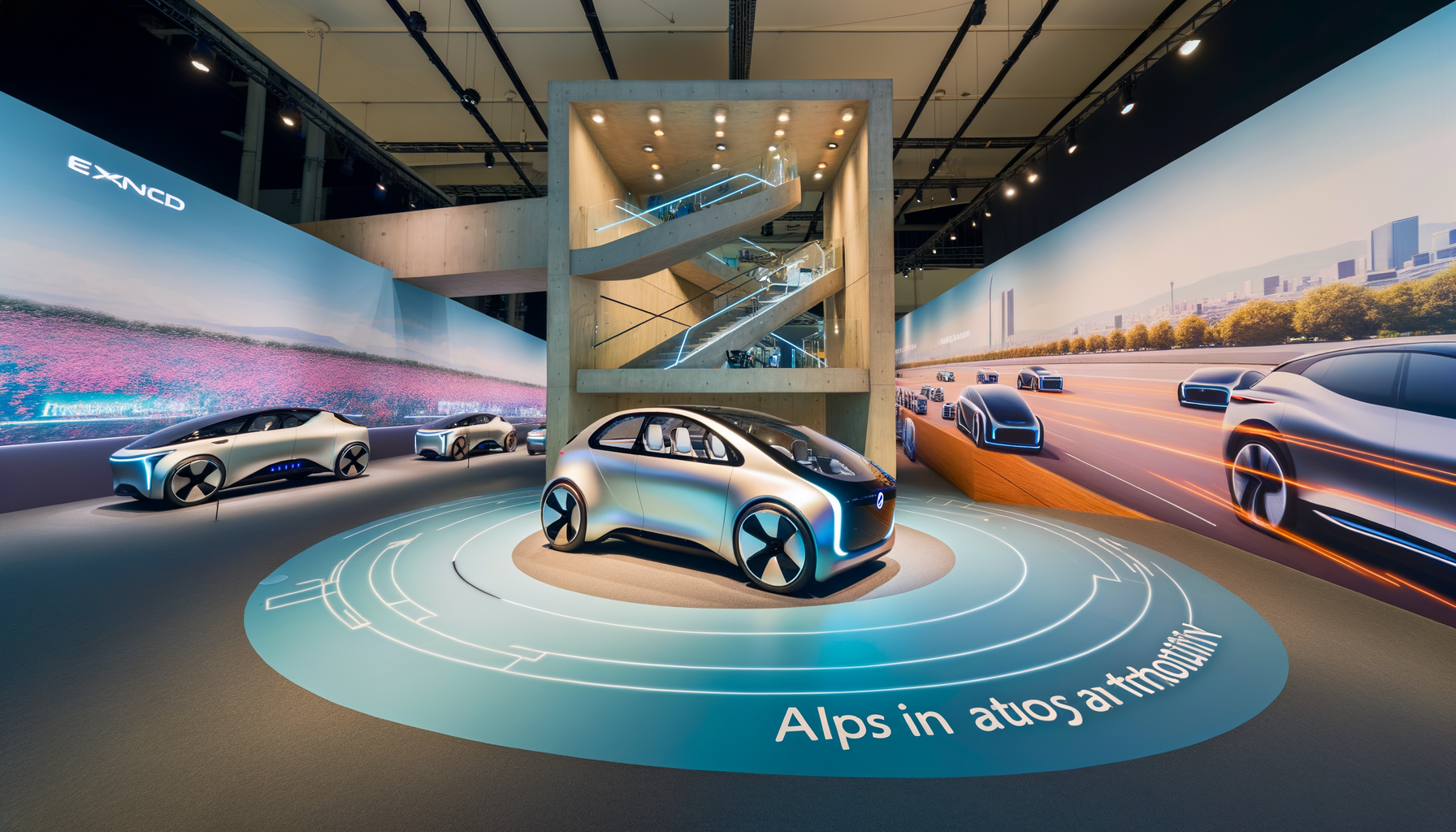Faraday Future Transitions to FFAI: A New Chapter in the Electric Vehicle Revolution
Faraday Future, a name that has been buzzing in the electric vehicle (EV) space, is making headlines again. Recently, the company decided to change its stock ticker symbol to FFAI, signaling a fresh start and a new phase in its journey. As we explore this change, we will also dive into how the open-source ecosystem and artificial intelligence (AI) applications are becoming game-changers in the mobility sector.
What Does FFAI Mean?
First off, let’s decode this new ticker symbol—FFAI. The “FF” stands for Faraday Future, while the “AI” signals the company’s commitment to integrating artificial intelligence into their vehicle technology. This transition to FFAI isn’t just a cosmetic change; it reflects a deeper strategy that aims to blend innovation in electric mobility with cutting-edge AI applications.
The Significance of AI in Mobility
As we look at the mobility sector today, it’s clear that artificial intelligence is no longer a buzzword but a pivotal force shaping our future. AI agents can assist in navigation, optimize energy consumption, enhance safety features, and even provide personalized experiences for drivers and passengers. The integration of AI means vehicles can learn from user behavior, adapt to changing environments, and improve overall efficiency.
In a world increasingly reliant on technology, using AI in vehicles can lead to smarter transportation solutions. For instance, imagine an EV that can suggest the best route based on traffic conditions, predict maintenance needs, or even respond to driver preferences in real-time. This is not just a dream — with the right frameworks, these applications can become a reality.
Open-Source Ecosystems: A Boost for Innovation
In addition to AI, the concept of open-source ecosystems is crucial for the growth of mobility technologies. Open-source refers to any software whose source code is made available for anyone to use, modify, and distribute. This fosters collaboration and innovation since developers worldwide can contribute their ideas and improvements.
For Faraday Future, embracing an open-source approach means that their AI systems can continuously evolve through community contributions. It allows for rapid iteration and testing of new features and ensures a diversity of perspectives in problem-solving. “Innovation thrives in communities,” one tech developer once pointed out, and it’s that shared knowledge that will drive the future of mobility. TechCrunch emphasizes how open-source platforms lower the barriers to entry, allowing smaller companies and startups to engage in competition and contribute to the mobility sector.
The Impact on Faraday Future’s Vision
With the change to the FFAI ticker, Faraday Future is clearly signaling an ambition that goes beyond just selling electric vehicles. They are positioning themselves as leaders in integrated mobility solutions that leverage AI technology and community collaboration. This vision aligns perfectly with current industry trends where consumer expectations are moving towards smarter, more adaptable vehicles that provide unique experiences.
Furthermore, in a market that increasingly values sustainability, utilizing open-source methodologies can lead to more energy-efficient designs and innovate approaches to vehicle manufacturing and software development.
Challenges Ahead
However, transitioning to an AI-centric approach and embracing open-source is not without its obstacles. Data privacy and security concerns are paramount in the world of AI. With vehicles collecting vast amounts of data, ensuring that user information is handled ethically and securely is a top priority. Additionally, there’s the challenge of integration. How can a vehicle seamlessly merge diverse AI offerings from different developers while maintaining a good user experience?
Addressing these challenges will require transparent practices and ongoing dialogue with consumers. It’s essential that companies like Faraday Future prioritize establishing trust with their customers. “Transparency is key to innovation,” says privacy advocate Jodie DeMarco, and creating a safe and reliable environment for users will ultimately facilitate broader acceptance of AI technologies in vehicles.
The Road Ahead
While the future may seem complex with all these evolving technologies, one thing is clear: Faraday Future’s change to FFAI symbolizes a bold step towards innovation and adaptation. By embracing both AI and open-source strategies, the company positions itself at the forefront of the electric mobility landscape.
As we watch this space, we are bound to see exciting developments unfold, including: improved energy efficiency, enhanced user experiences, and perhaps even a shift in how we view transportation altogether. Remember, the future of mobility isn’t just about going electric; it’s about intelligent, collaborative, and even fun experiences on the road.
In conclusion, the transition to FFAI is not just a symbolic change; it marks a pivotal moment in Faraday Future’s journey. As they continue to navigate the challenges and opportunities ahead, it’s clear that the marriage of AI and open-source will be essential in redefining the modern vehicle.
Stay tuned, because if there’s one thing we can be sure of, it’s that the journey towards smarter, more efficient transportation is just getting started.


